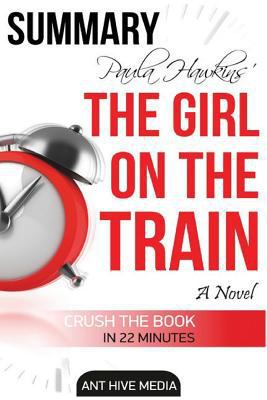Paula Hawkin's the Girl on the Train Summary and Review
This is a summary of Paula Hawkins' Novel, The Girl on the Train. The novel contains suspense, drama, complex plot and an astounding ending that has the ability to make readers yearn for more. The reader is spell bounded by a gripping story enclosing the components such as murder, drama and suspense beautifully, an obligatory of a successful novel. The novel depicts the story of Rachel Watson, a lady living a booze-filled life from last few years as she is coping up with the depression caused by her husband's infidelity. She is fired from her job a few months back, but just to keep herself busy, she commutes to and from through the train from London to her home. One of the train stop passes through her previous neighborhood where a couple, living in a beautiful home, exhibits a perfect illustration of happy married life. She started imagining them to be her neighbors and fantasizes stories associated with them and her. This has helped her a lot as for some time she forgets all the troubles. But, the things started taking unanticipated turns. The plot captivates the audience attention as it is bounded with a murder mystery accompanied by a complex plot. Summary of The Girl on the Train Includes: Book Review Story Analysis Highlights of Elements many Readers may have missed Key Character Analysis Discussion of Themes, Symbols and Key Takeaways Chapter by Chapter Breakdown of Entire Book Available in a variety of formats, this summary is aimed for those who want to capture the gist of the book but don't have the current time to devour all 326 pages. You get the main summary along with all of the benefits and lessons the actual book has to offer. This is a summary that is not intended to be used without reference to the original book."
Format:Paperback
Language:English
ISBN:1517665426
ISBN13:9781517665425
Release Date:October 2015
Publisher:CreateSpace Independent Publishing Platform
Length:38 Pages
Weight:0.24 lbs.
Dimensions:0.1" x 6.0" x 9.0"
Customer Reviews
0 rating





